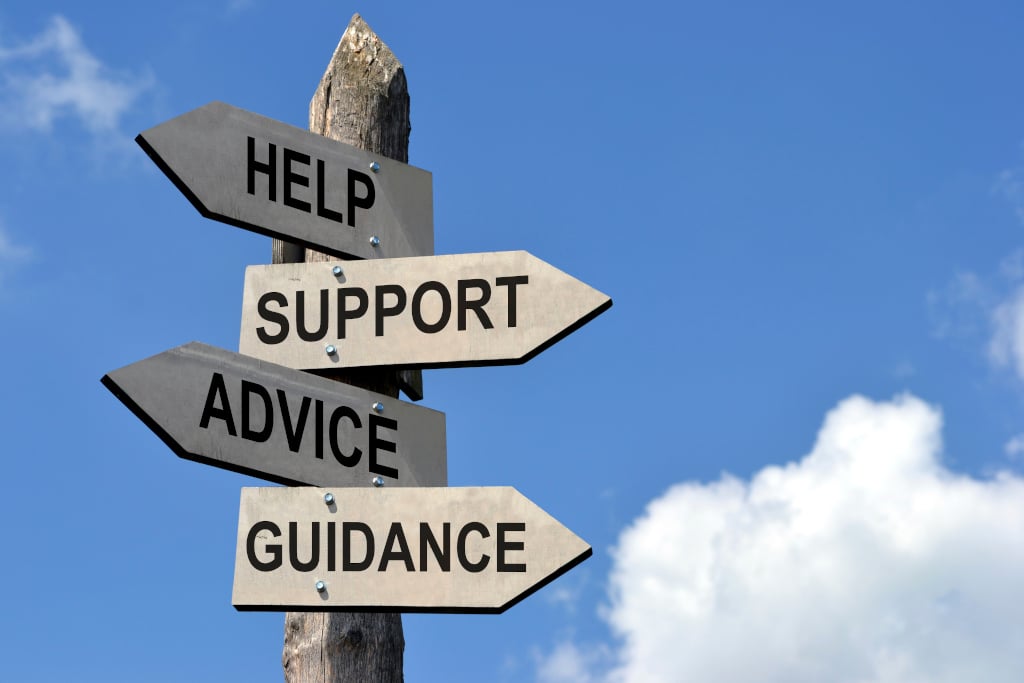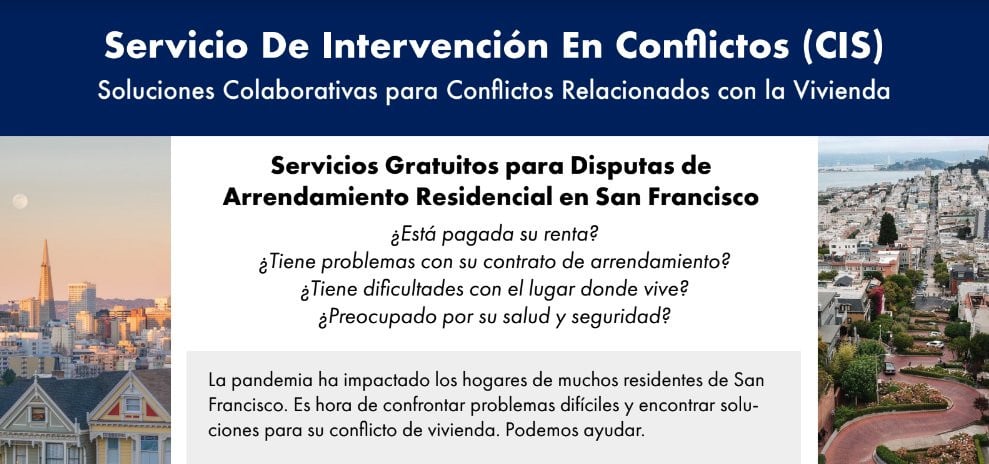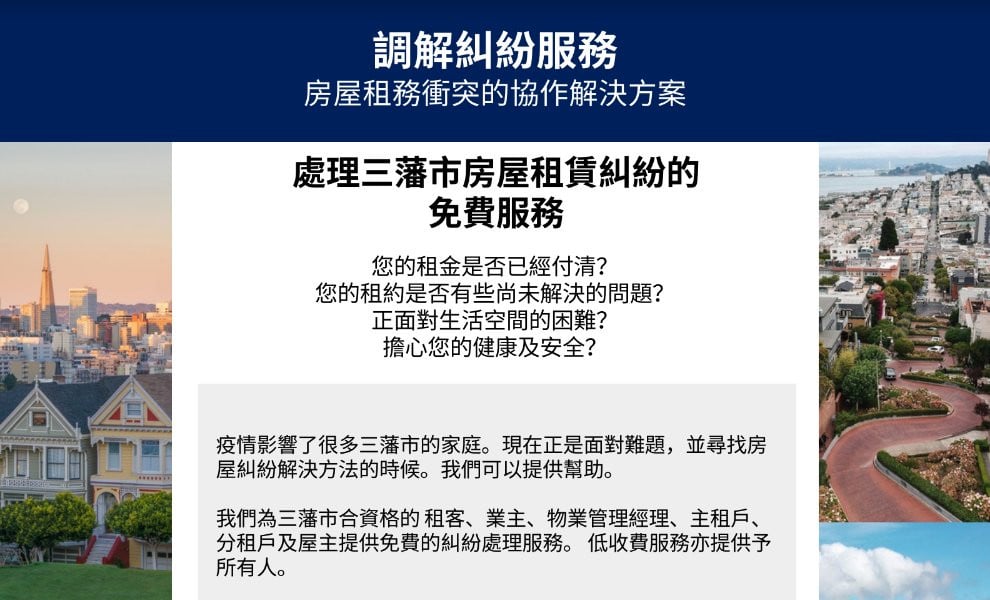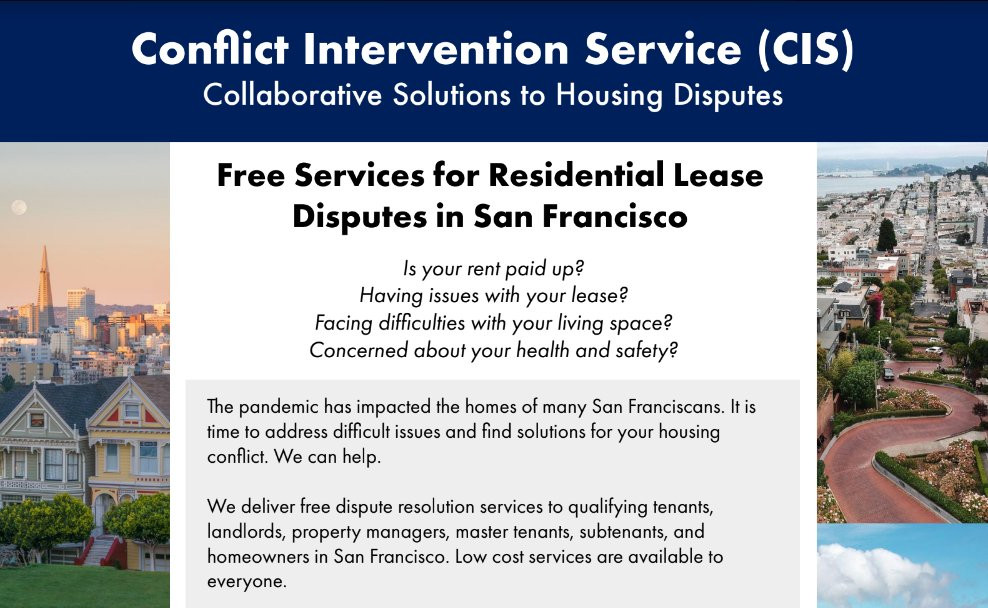We are reprinting this press release in its entirety. The original press release is here.
*** PRESS RELEASE ***
SAN FRANCISCO TO ROLL BACK SELECT ACTIVITIES IN RESPONSE TO INCREASE IN COVID-19 CASES
Due to an increase in COVID-19 cases, San Francisco will roll back the reopening of indoor dining, reduce capacity of fitness centers and movie theaters, and will pause approval of plans for indoor instruction for high schools.
Department of Public Health will assess the situation and resumption of further reopening is dependent on improvement of COVID-19 impact on City
San Francisco, CA — Mayor London N. Breed and Director of Health Dr. Grant Colfax today announced the City will adjust its reopening due to a significant and rapid increase in COVID-19 case rates in San Francisco, coupled with the current increase in cases and hospitalizations in California and across the United States. San Francisco will temporarily roll back the reopening of indoor dining, and will reduce the capacity of fitness centers and movie theaters. Additionally, San Francisco will pause the reopening of indoor instruction at high schools that have not already opened. These changes will go into effect at 11:59 pm on Friday, November 13, 2020.
San Francisco is rolling back these activities in an effort to contain the spread of the virus by focusing on higher risk indoor activities and other behaviors that increase the concentration of aerosols. The Department of Public Health will continue to closely monitor the City’s case count, infection rate, and hospitalization rate in order to determine how quickly we can flatten the curve and determine when we can resume safe reopening.
“I cannot emphasize enough how important it is that everyone act responsibly to reduce the spread of the virus. Every San Franciscan needs to do their part so that we can start moving in the right direction again,” said Mayor Breed. “I know this is not the news our residents and businesses wanted to hear, but as I’ve said all along, we’re making decisions based on the data we’re seeing on the ground. Right now, our public health officials are telling us we need to take these steps to get the virus under control and save lives – so that’s what we’re doing. The hard decisions we’re making now will help us get our youngest residents back to school. We will continue to act in the best interest of public health and we’ll continue to help our impacted businesses as much as we are able. I am hopeful that in the coming months we will have support from our federal government to support these businesses and the losses they have suffered as well. I will certainly be advocating that we do.”
Since October 2, San Francisco has experienced a 250% increase in COVID-19 cases. The rolling back of certain businesses and activities is necessary to mitigate the aggressive growth of the virus that would cost lives and threaten the capacity of our health care system. This step is aimed to minimize the activities that are known to be of higher risk for increasing the spread of the virus – particularly indoor activities, high traffic activities, and those that allow for mask removal or increase the production of aerosols, such as physical activity and eating. San Francisco is reducing the capacity at which fitness centers and movie theaters are allowed to operate. Indoor dining will need to close at this time. High schools that have not yet opened will remain closed for any indoor instruction, though DPH will work with high schools that want to reopen educational programming in an outdoor setting.
One of the key indicators of COVID-19 prevalence in the city, the number of new cases per day per 100,000 people, has more than doubled over the last three weeks from a low of 3.7 cases per 100,000 people to 9 cases per 100,000 people. The rate of increase in hospitalizations of COVID-19 patients is also a key indicator that affects the pace of reopening. San Francisco recently hit a low of 21 people in the hospital with COVID, but expects that number will increase in the coming weeks.
“From the beginning of the City’s pandemic response, San Francisco has carefully monitored and responded to the pandemic, which has helped us lead the country in our containment,” said Dr. Grant Colfax, San Francisco Director of Health. “As always, we must listen to the data. The data is now telling us this virus is rapidly traveling throughout our city. If we do not take immediate action, we will have the increase in cases and hospitalizations that we have seen in many other cities across the country and around the world, but have yet to experience in San Francisco.”
The Department of Public Health will continue to monitor the City’s COVID-19 Key Public Health Indicators and other information to determine whether the infection rate is stabilizing and when the City can resume reopening. The City strongly encourages San Franciscans to avoid gatherings, wear face coverings when leaving home, and keep their distance from other people, and to get tested for COVID-19 if they feel sick.
This rollback will mean lost revenue for businesses that are already stretched thin. In an effort to support those businesses that are directly impacted, the Mayor is dedicating $4 million through the following programming:
- $2.5 million will be available to waive taxes and fees for impacted small businesses, including fees for winter augmentations such as heaters. More information about how to participate is forthcoming.
- $500,000 will be available through the Shared Spaces Equity Grants program for small neighborhood-serving businesses to pay for technical assistance and capital costs of setting up and augmenting shared spaces for restaurants to operate outdoors. More information about this program is forthcoming.
- $500,000 in grant funding will be available through SF Shines for Reopening for restaurants to purchase equipment and re-configure space in order to meet social distancing requirements. For more information: link.oewd.org/sfshines.
- $500,000 will be available through SF HELP zero interest loans to low- and moderate-income restaurant owners with little access to credit in order to pay for fixed costs, inventory, and other operating expenses. For more information: link.oewd.org/zeroloan.
“This rollback will be extremely tough for our restaurants and bars who are already struggling to make ends meet, but we must work together to contain this virus, trust the science before us, and once again flatten this curve. Our economy and the thousands of employees that need and depend on this work rests with each of us to do our part,” said Joaquín Torres, Director of the Office of Economic and Workforce Development. “These dedicated funds will focus on those small businesses, restaurants and bars that will be severely impacted by this rollback and offer some supportive relief as we continue our push towards economic recovery. In the coming weeks, our office, under the leadership of Mayor Breed, will continue to advocate our state and federal partners for the substantial relief necessary to stabilize our small businesses and support their employees.”
The following activities will halt indoor operations until further notice:
- Indoor dining at restaurants or bars serving meals in any context including standalone restaurants, food courts in shopping centers, and dining establishments in hotels, museums or other venues.
The following activities will pause until further notice:
- High schools that are not already open with approved plans. (Switching to outdoor instruction within certain parameters).
The following activities will be required to reduce capacity to a maximum of 50 people indoors:
- Fitness centers may remain open to the lesser of 25% capacity or 50 people (down from 100).
- Movie theaters may remain open to the lesser of 25% capacity or 50 people (down from 100).
All other businesses and activities that are currently allowed may continue operating at this time, including outdoor dining and take-out, elementary and middle schools, offices, retail shopping, personal services, and cultural and family activities such as museums and aquariums.
San Francisco is taking this action in order to prevent further rollbacks of businesses and activities that have reopened and to support elementary and middle schools, community hubs and other learning and development activities to continue to open as safely as possible.
San Francisco’s increase in cases is significant but not unique. California has seen a 29% increase in new positive cases over the last week and many counties have been re-assigned to more restrictive tiers on the State’s system. Other Bay Area counties, such as Contra Costa, are also seeing a significant increase in cases and have started considering similar measures to curtail activities in order to slow the spread of the virus, despite what they are allowed by the State. The City’s relative success in managing the virus to-date is due to its COVID-19 response infrastructure, which includes testing, contact tracing, and support services, its deliberate and measured approach to reopening, and a willingness to act quickly and aggressively in order to protect public health.
The Department of Public Health will monitor the Health Indicators, the risk of specific activities, the estimated reproductive rate of the virus, the regional data and the State’s actions in determining when and how to move forward, pause, or dial back reopening. More information about San Francisco’s reopening timeline can be found at https://sf.gov/step-by-step/reopening-san-francisco.
###







